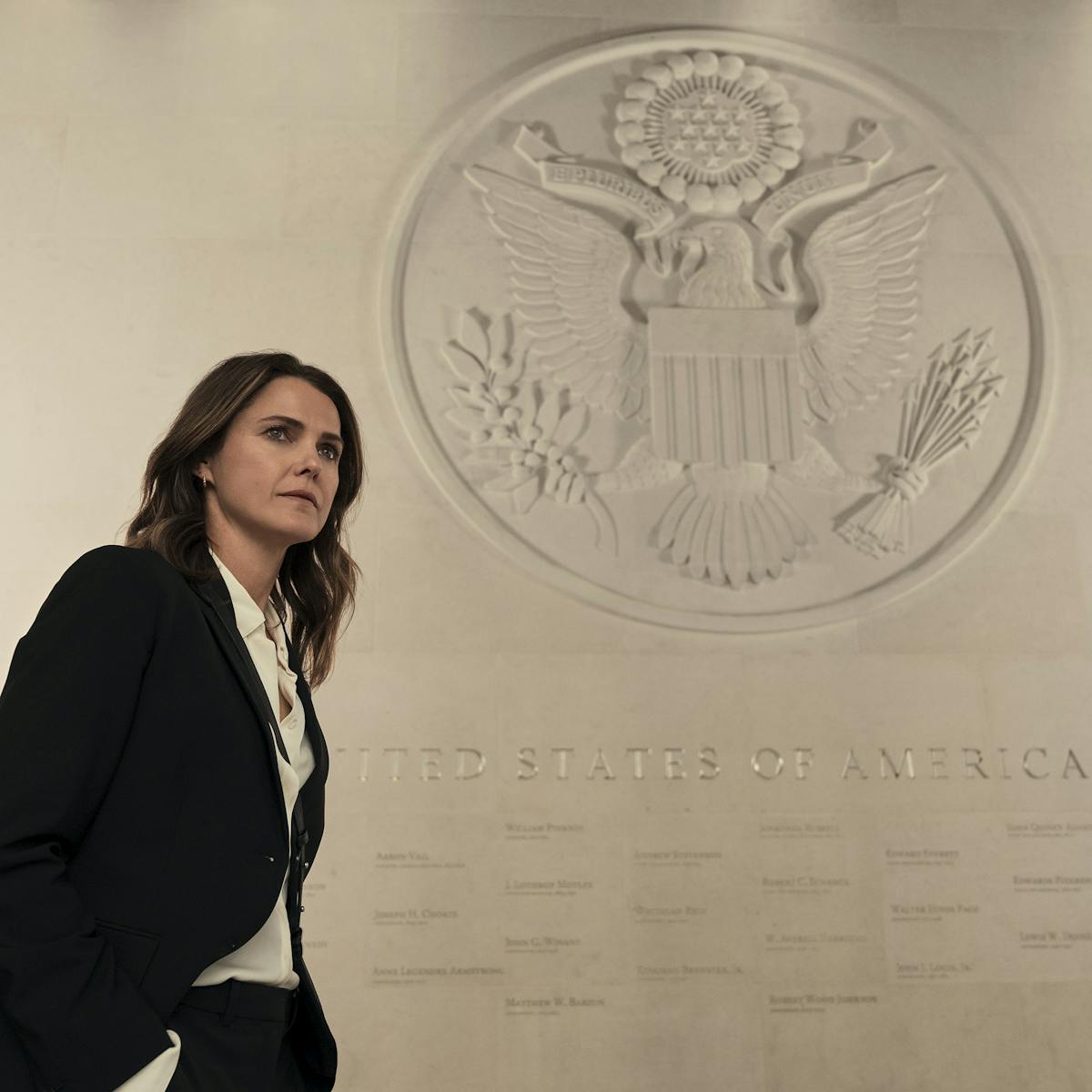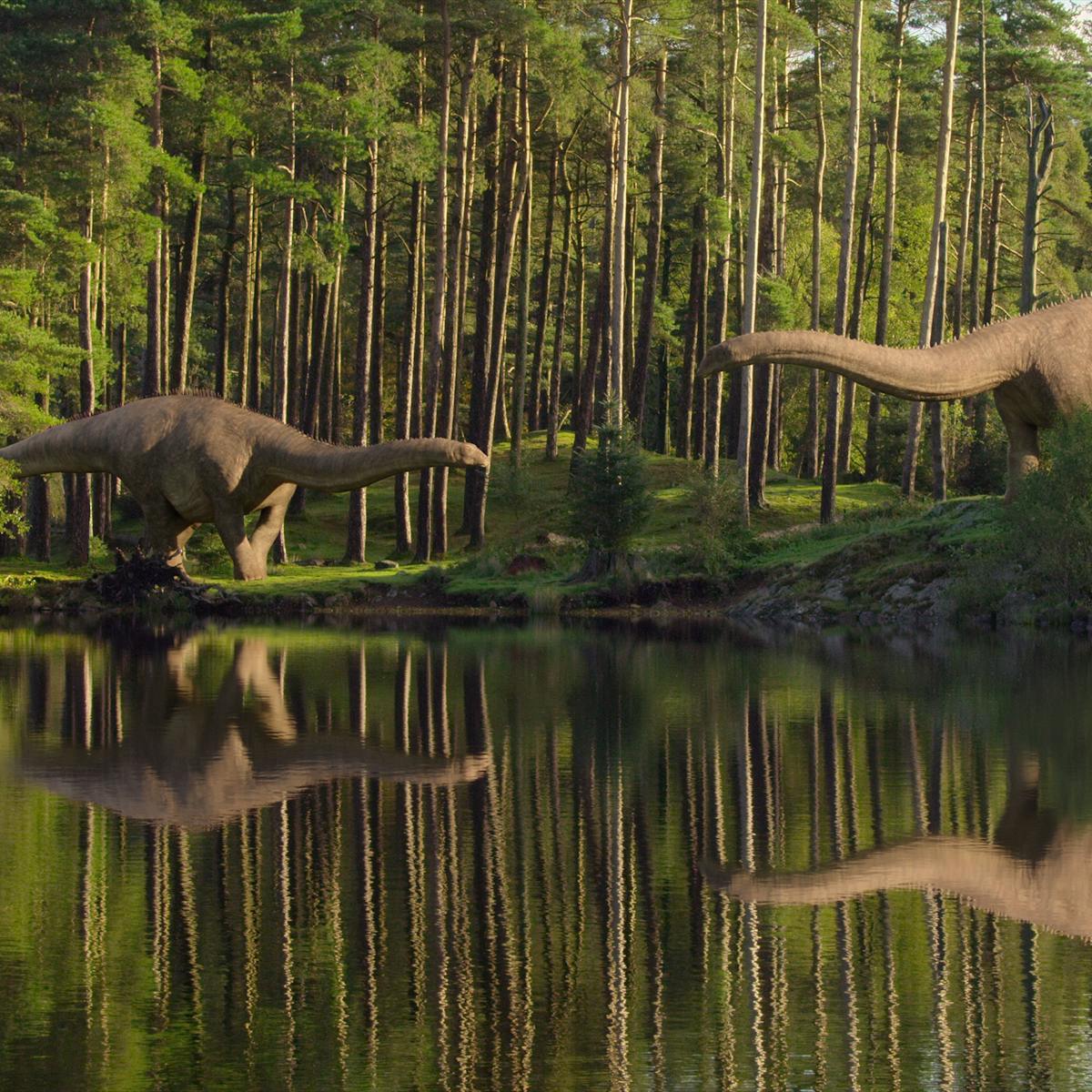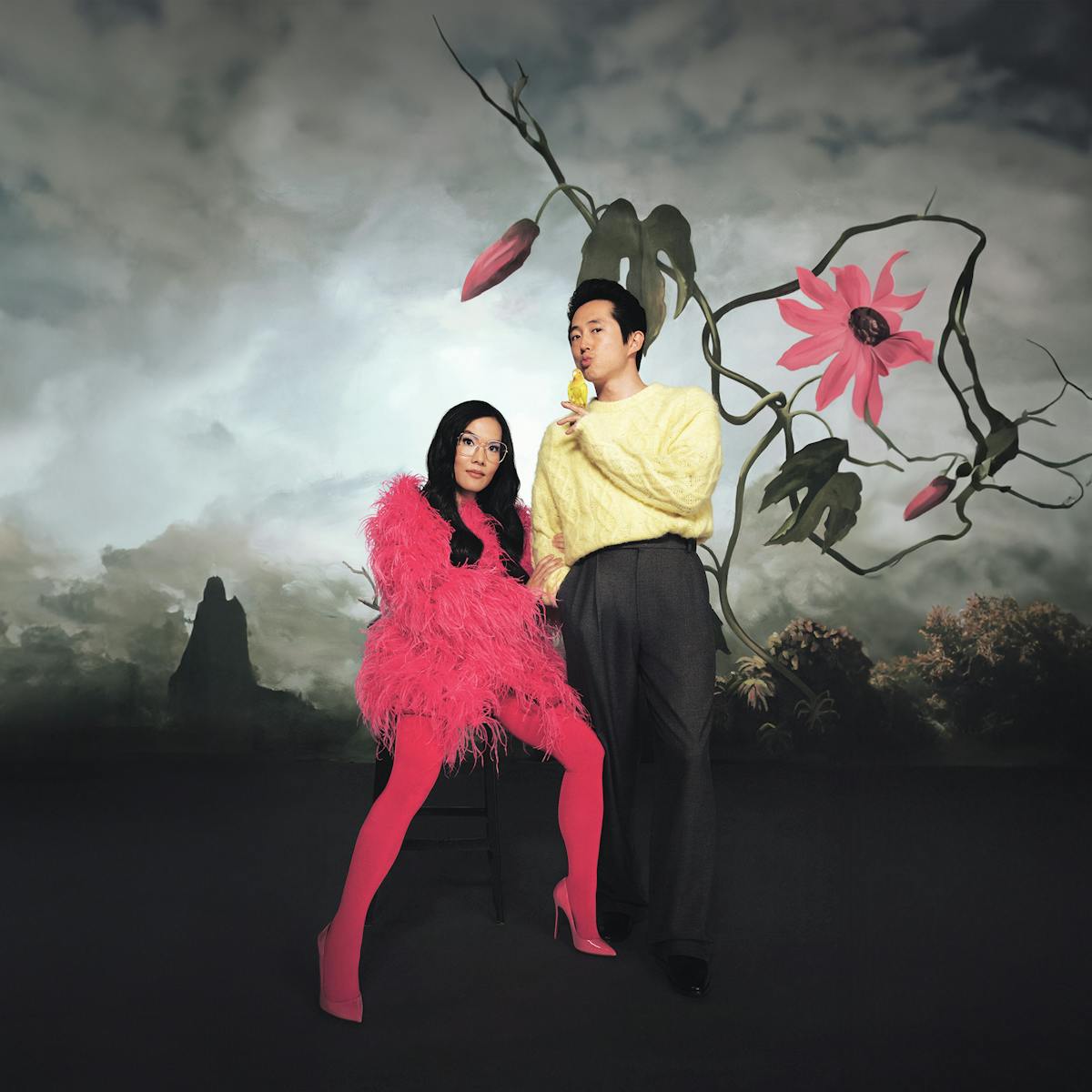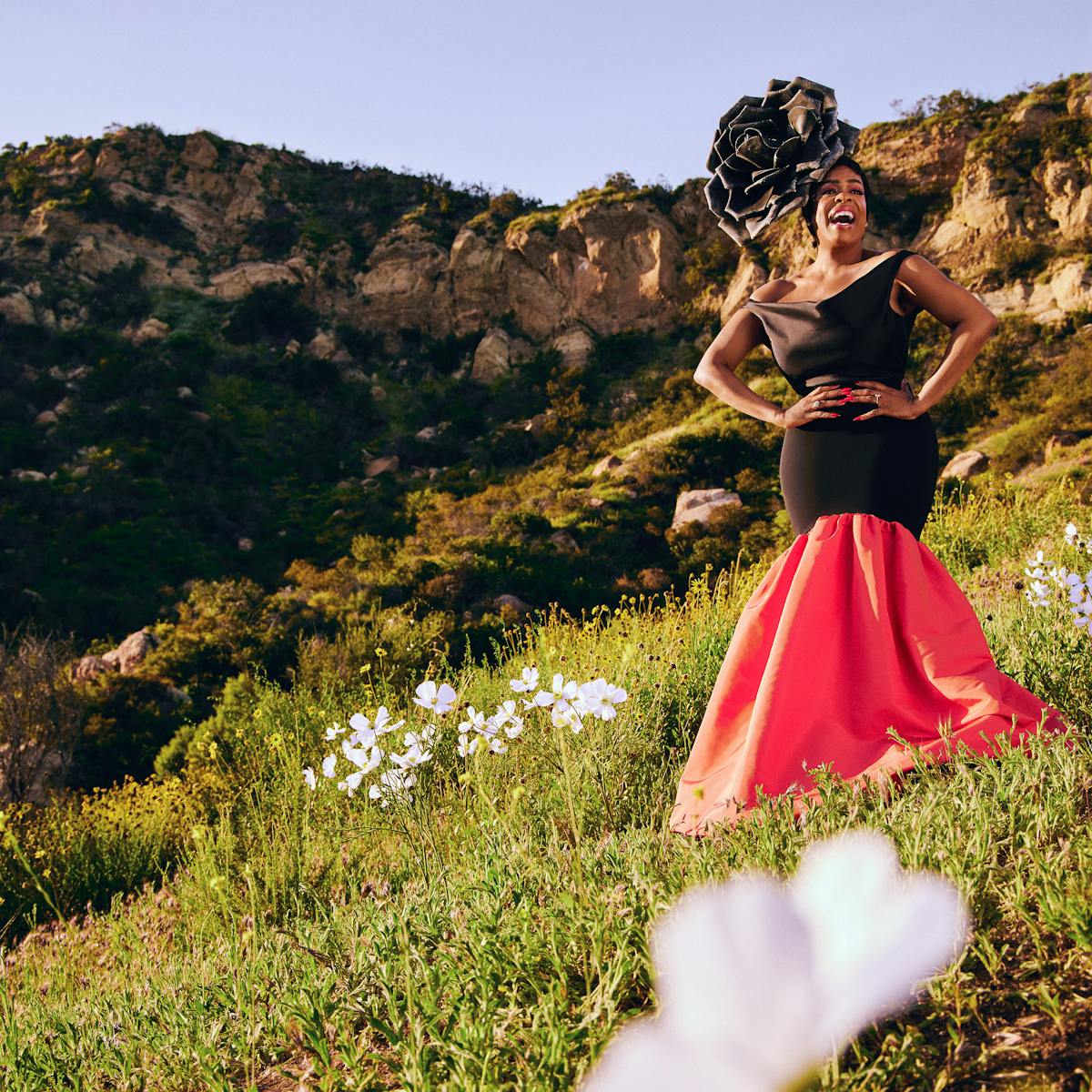Behind the Emmy-nominated prosthetics and makeup of Guillermo del Toro’s horror anthology series.
When filmmaker Guillermo del Toro first mentioned a potential collaboration on his horror anthology series, Guillermo del Toro’s Cabinet of Curiosities, to Mike Hill, the creature makeup designer was encased in a silicone disguise of his own making. The pair were on the set of Nightmare Alley, del Toro’s 2021 noir drama, in which Hill cameoed as hirsute carnival sideshow performer Dogboy Jojo. “He calls me over, and he mentions he’s doing this show, and there’d be a bunch of creatures in there,” Hill recalls. “He didn’t have to finish the sentence. I was already signed on, you know? It’s Guillermo del Toro and denizens of the night, so I’m there.”
The longtime collaborators, whose professional relationship dates back to the director’s Best Picture winner The Shape of Water, share similar sensibilities when it comes to prosthetic makeup — they’re both committed to conjuring monsters practically, using artful combinations of paint, foam latex, and other commonly found substances to bring to life outré beings from other worlds. “Guillermo himself is a big, big advocate of special makeup effects and creatures,” Hill says. “He used to do practical effects himself when he was first starting out. That’s how he really got into directing. So, he loves to see a physical creature there, you know? He likes to be able to walk around and show that this thing is real and physical.”
So it was only natural for del Toro to once more join forces with Hill and another long-standing creative partner, Sean Sansom, for Cabinet of Curiosities, as each of the series’ eight installments featured its own unique monster. Hill fabricated many of the fantastic characters in his California workshop, with Sansom looking after them once they arrived on set in Toronto. “To do an anthology show, a horror show, that features ghouls and witches and possessed ladies and giant rats, I mean, who could ask for more being a creature designer?” Hill says. “It’s a really big honor that I got to do this first season.”

Behind the scenes of Cabinet of Curiosities.
Together, Hill and Sansom created the makeup looks and key prosthetics for the series, and their work on director Catherine Hardwicke’s episode, “Dreams in the Witch House,” netted the duo an Emmy nomination, shared with Shane Zander, Kyle Glencross, and Megan Many. (It was Hill’s first; Sansom previously won for his work on 2009’s Grey Gardens.)
Adapted by screenwriter Mika Watkins from a story by H.P. Lovecraft, the 1930s-set episode stars Rupert Grint as Walter Gilman, a paranormal researcher whose interest in the occult is rooted in the mysterious death of his twin sister Epperly when he was a child. Determined to be reunited with her, Walter places himself in harm’s way, taking an unfamiliar drug that leads him to a shadowy supernatural plane known as the Forest of Lost Souls. Amid the dark, fairy-tale world, he finds his long-lost sister’s spirit, but something more sinister awaits him, too — the powerful witch Keziah Mason, who is eager to return to the realm of the living.
Mason, the Wood Witch, originally took shape in the sketchbook of creature concept designer Guy Davis, another veteran of many del Toro productions. The character was refined further to satisfy Hardwicke and evolved yet again before being fully approved by del Toro. The prosthetics team also worked closely with costume designer Luis Sequeira (The Shape of Water) to ensure that the prosthetics would meld seamlessly with the character’s wardrobe. “Luis had to be involved because it was pretty detailed for him,” Sansom notes. “It wasn’t clothing anymore. We were dealing with twigs and vines and organic elements.”

Prosthetic witchy hands.
Taking inspiration from the forest environment, Hill designed a full prosthetic body makeup for actor Lize Johnston that included silicone appliances for her face and chest, along with dentures, gloves, and a crown. The makeup team spent roughly 90 minutes every day she was on set, preparing Johnston to head over to costume. Once she was dressed, the prosthetics team completed the transformation.
Hill cites the Wood Witch as a personal favorite: “I really liked her. The getup we made for her, the branches and the wood-like skin where this rat has been living inside of her, and she’s got bugs crawling all over her. I thought that was a really good character, watching that be shot with all the lights and the fog and the rain and the snow.”




